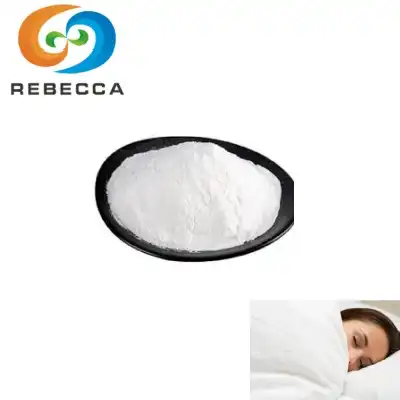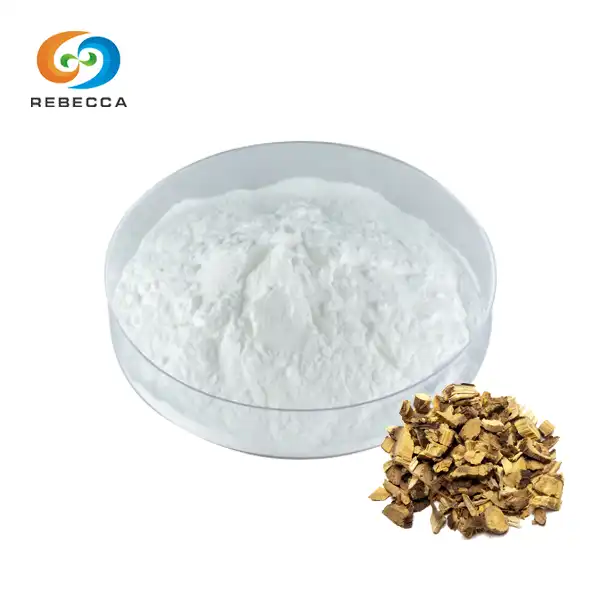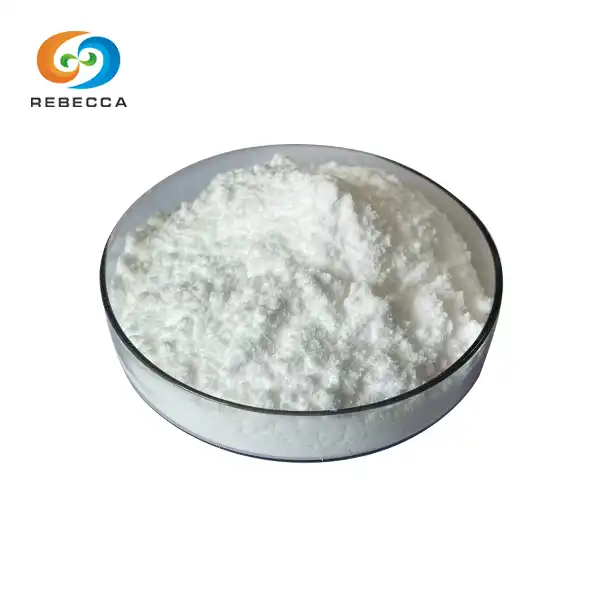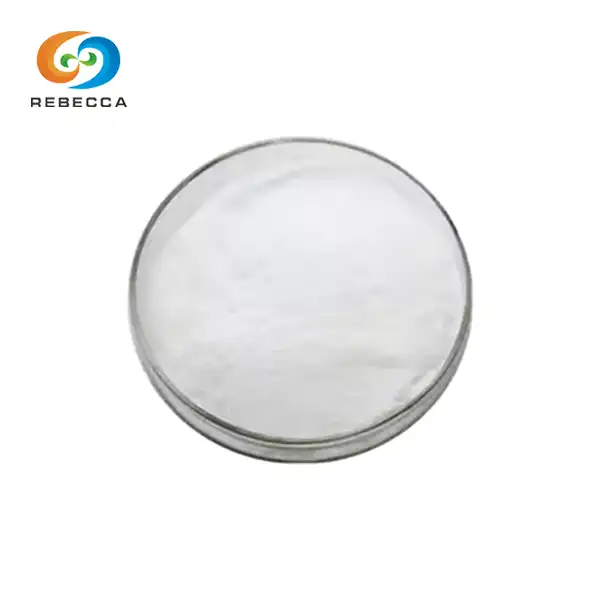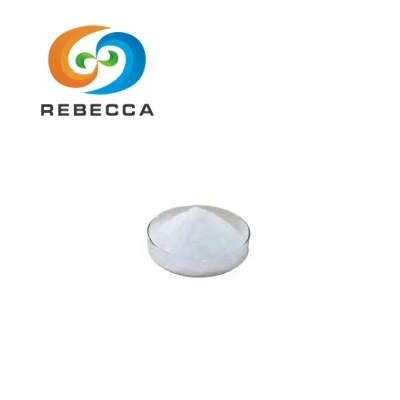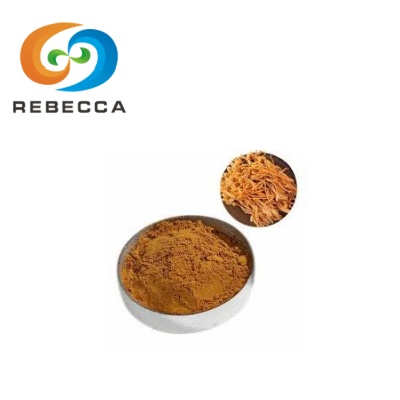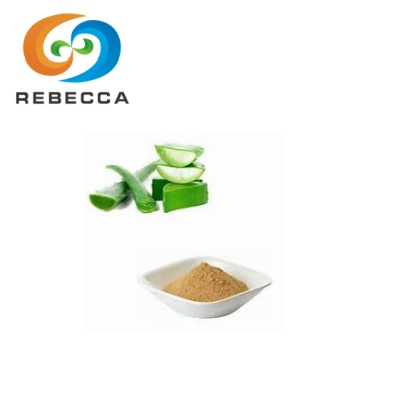How Is Creatine Monohydrate Produced?
Creatine monohydrate has emerged as a cornerstone in sports nutrition and biochemical research, celebrated for its role in enhancing athletic performance and supporting cellular energy metabolism. As demand for high-quality pure creatine monohydrate powder continues to grow, understanding its production process becomes essential for manufacturers, researchers, and consumers alike. This article delves into the meticulous steps involved in creating this crystalline compound, highlighting the technical precision and quality standards that define its production.
Raw Material Preparation and Condensation Reaction
The journey to pure creatine monohydrate powder begins with the careful selection and preparation of raw materials. The primary chemical precursors are cyanoacetic acid (or its sodium salt, sodium cyanoacetate), methylamine, and phosphoric acid. These substances are sourced from reputable chemical suppliers and undergo rigorous purification to eliminate impurities that could compromise the final product's quality. Cyanoacetic acid, a white crystalline compound with a nitrile functional group, serves as the foundational building block, while methylamine, typically used in aqueous or gaseous form, provides the amino component critical for forming the creatine molecule.
Before synthesis, these raw materials are dissolved in appropriate solvents, usually water, to create reaction-ready solutions. pH regulation is paramount at this stage, with phosphoric acid often employed to adjust the solution's acidity or basicity, ensuring optimal conditions for the subsequent chemical reactions. This preparatory phase sets the stage for the condensation reaction, a pivotal step where cyanoacetic acid and methylamine combine to form creatine.
The condensation reaction occurs under carefully controlled conditions of temperature, pressure, and pH. In an aqueous environment, methylamine acts as a nucleophile, attacking the electrophilic carbon of cyanoacetic acid to form an amide bond. This reaction yields creatine while releasing water as a byproduct. The chemical equation can be simplified as: Cyanoacetic acid+Methylamine→Creatine+Water, Manufacturers closely monitor reaction parameters to maximize yield and minimize side products, as even slight variations in temperature or pH can affect the purity and structure of the resulting creatine.
Neutralization and Hydration
Following the condensation reaction, the solution contains crude creatine along with unreacted starting materials and byproducts. The next step is neutralization, where the pH of the solution is adjusted to a neutral range to facilitate the formation of creatine monohydrate. This process often involves the addition of acids or bases to counteract any residual acidity or basicity from the condensation step, ensuring the solution is conducive to crystal formation.
Hydration is a critical phase that differentiates creatine monohydrate from its anhydrous form. By intentionally introducing controlled amounts of water, manufacturers encourage the creatine molecules to bond with a single water molecule, forming the stable crystalline structure of creatine monohydrate. This hydrate form is preferred for its superior solubility, stability, and bioavailability, making it the ideal choice for dietary supplements and pharmaceutical applications.
The hydration process is not merely a matter of adding water; it requires precise control over temperature and mixing to ensure uniform crystal formation. As the solution cools, the solubility of creatine monohydrate decreases, prompting the molecules to aggregate into well-defined crystals. These crystals are inherently more stable than anhydrous creatine, which can absorb moisture from the air and degrade over time. By prioritizing proper hydration, producers ensure that the pure creatine monohydrate powder maintains its structural integrity and functional properties throughout its lifecycle.
Purification, Drying, and Grinding
Once the creatine monohydrate crystals form, the crude product undergoes a series of purification steps to remove any remaining impurities. The first step is filtration, where the solution is passed through specialized filters to separate the solid crystals from the liquid mother liquor, which contains dissolved impurities and unreacted chemicals. This initial filtration yields a semi-pure product that still requires further refinement.
Crystallization and recrystallization play a pivotal role in achieving the high purity demanded by industries and consumers. In the crystallization process, the filtered solution is cooled further or concentrated to induce the formation of larger, more uniform crystals. These crystals are then centrifuged to remove excess moisture, a process that enhances their purity and reduces residual solvent content. For applications requiring exceptional purity, such as pharmaceutical-grade pure creatine monohydrate powder, recrystallization may be employed. This involves dissolving the crystals in a clean solvent, such as hot water, and then slowly cooling the solution to allow new, even purer crystals to form, leaving contaminants behind in the solvent.
After purification, the crystals are dried under controlled conditions to remove any remaining moisture without damaging the hydrate structure. Low-temperature drying is essential here, as heat above 50°C can cause the loss of the water molecule, converting creatine monohydrate to the anhydrous form. Once dried, the crystals are ground into a fine, uniform powder using industrial grinders, ensuring consistency in particle size that is vital for applications ranging from dietary supplements to biochemical research.
Quality control is integrated into every step of the purification and processing stages. Manufacturers test for key parameters such as purity (typically requiring a minimum of 99.5% as measured by HPLC), moisture content, and the absence of contaminants like heavy metals, residual solvents, or microbial pathogens. Standards such as the United States Pharmacopeia (USP) or British Pharmacopeia (BP) serve as benchmarks, ensuring that the pure creatine monohydrate powder meets rigorous safety and efficacy requirements.‘

Pure Creatine Monohydrate Powder For Sale
At Rebecca Bio-Tech, we specialize in producing Rebecca pure creatine monohydrate powder that adheres to the highest industrial and regulatory standards. Our product features a purity range of 99.5% to 102.0% (HPLC), ensuring consistent quality for all applications. With a CAS number of 6020-87-7, our creatine monohydrate is synthesized through a meticulously controlled chemical process, combining advanced purification techniques with strict quality assurance protocols.
As a professional manufacturer and supplier, we offer more than just a product—we provide solutions. Customers can request free samples to evaluate our pure powder, and we make MSDS (Material Safety Data Sheet) readily available for transparency and compliance. Whether you're formulating dietary supplements, conducting research, or sourcing industrial-grade biochemicals, our powder delivers the reliability and performance your applications demand.
For more information or to place an order, please reach out to us at information@sxrebecca.com. Our team is dedicated to supporting your needs with technical expertise, prompt service, and a commitment to excellence that defines every batch of Rebecca creatine monohydrate.
References
United States Pharmacopeia (USP) Standards for Creatine Monohydrate.
Industrial Chemistry: Principles and Practices for Pharmaceutical Intermediates.
Journal of Biochemical Engineering: Hydration Dynamics in Crystalline Compounds.
